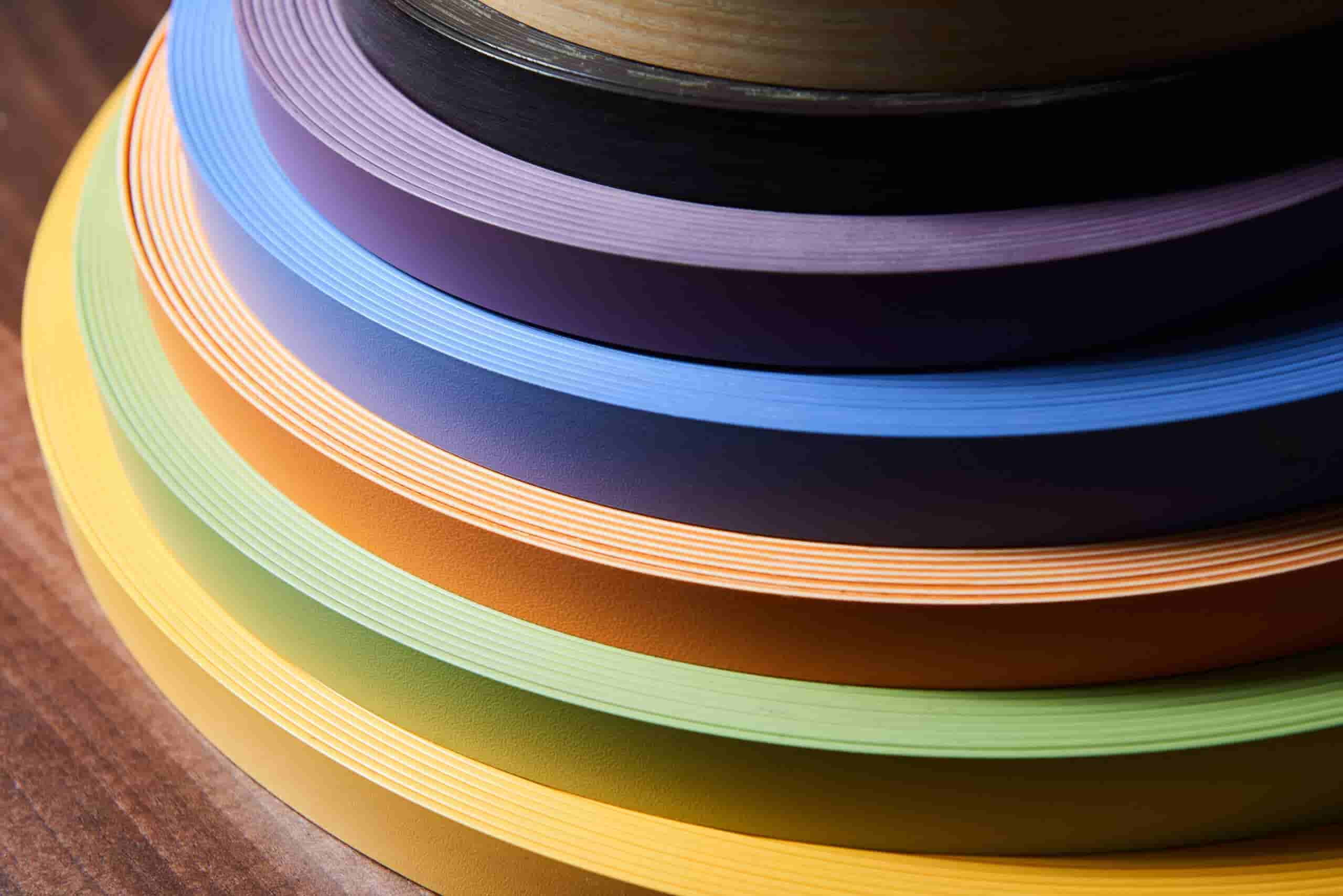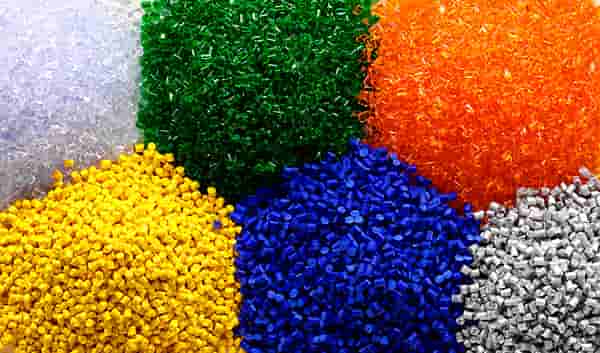What are thermoplastic types? Thermoplastic refers to materials that melt when the temperature rises without undergoing chemical changes. Another feature of thermoplastics is that we can melt them several times and solidify them again. This material, like most liquids, flows when it is melted; This is different from materials that have cross-linking capabilities.
Familiarity with the sign of thermoplastic types
- TPE elastomer has a fixed position in various industries.
- EPDM
- EPM
- NBR
- PBR
- SBS
- SEBS
- TPS
- TPO
- PBR
- TPV
- TPR
- TPS
- TPO
What are the physical and mechanical properties of thermoplastic types?

properties of thermoplastic types
Thermoplastics often have a solid-state in the crystalline and amorphous parts when they are below the melting point. This material receives its elasticity from the amorphous parts and its strength from the crystalline part. It is noteworthy that if the temperature rises more than the melting point of the crystalline parts, they lose their state.
Thermoplastics have a unique feature of recyclability; This has made this polymer model very popular. Another feature of thermoplastics is the ability to be in the freezing and thawing cycle continuously. One of the best, cheapest, and most widely used thermoplastics is polyethylene.
The structure of thermoplastics is composed of a combination of plastic and rubber, which has the capabilities of rubber and plastic; That is why it has extraordinary mechanical and physical properties.
Features of different types of thermoplastics
As mentioned, thermoplastics can change shape at different times. In this way, the molten material is placed in the molds and after cooling, the molds take on a new form.
Another feature of thermoplastics is their weldability. Of course, it should be noted that both plastics should be selected from the same material during welding operations. The welding wire you choose must also be made of the same plastic, otherwise, welding is not possible. Therefore, you can’t connect two different types of plastic by welding.
Some thermoplastics can be bonded by chemicals, adhesives, such as solvents, etc. Thermoplastics have a plastic-like function when placed at temperatures below melting before they take on a paste. This function is also present at temperatures higher than paste. Another advantage of thermoplastic is its very high flexibility at very low temperatures.
Applications of thermoplastics

Applications of thermoplastics
Thermoplastic TPU:
It is a type of thermoplastic that has the ability to self-repair. It is used in coated and breathable fabrics and medical products such as gloves and gowns.
Other applications of this material include its use as a cable cover, film and thin sheet, hydraulic hoses, electric wire jackets, sealing of automatic hub connection and small wheels, etc.
EPDM / PP TPV thermoplastic:
This type of thermoplastic is used in very sensitive cases such as aerial sealing of the car and the inside of its hood. Another function is to use it for sealing medical and foam products. It is also used as insulation for wire jackets and small wheels.
AEM TPV Thermoplastic
Used as electrical connections, undercarriage, train shaft sealing drive, air duct, hose cover.
As mentioned earlier, thermoplastics are made from a combination of rubber and plastic. This alloy has the mechanical and physical properties of plastic and rubber.
Thermoplastic material is amorphous or macromolecular in shape and structure. Part of this material has the ability to crystallite.
These materials are produced and marketed in various forms in the form of cubes, cylinders, grains, and the form of lenses, and in some cases in powder form. These grains are often seen with a diameter of 3 mm. These materials are used to make different types of thermoplastics such as polystyrene, polyethylene, polypropylene.

